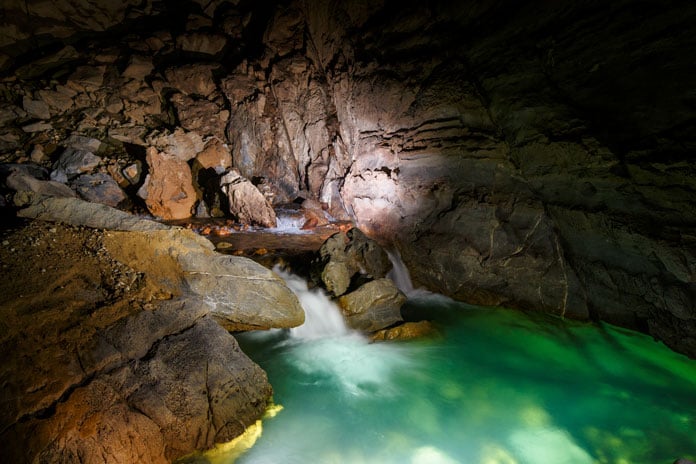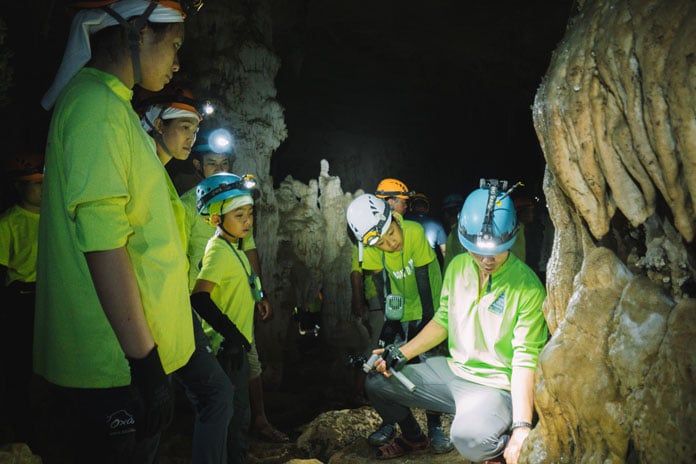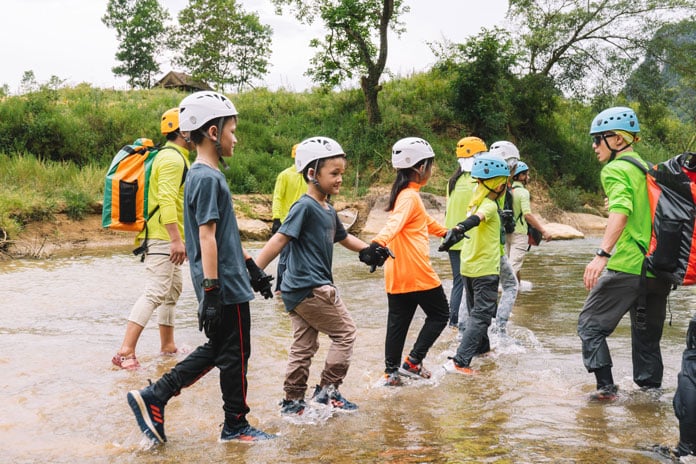Life at Son Doong Cave
The ecosystem in Son Doong Cave is a closed system in which living organisms rely on each other. This ecosystem is created by the combination of climate, weather, sunlight, and humidity. As a result, the cave is home to a wide variety of animals, such as insects, arachnids, birds, and monkeys, among others. These species have adapted to the unique living environment, characterized by low lack of light, stable temperature, and humidity. To safeguard this valuable ecosystem, Oxalis - the sole company offering tours to Son Doong - has implemented tourism practices that prioritize effective conservation and protection of biodiversity.
The ecosystem in Hang Son Doong is a wondrous world of diverse animal life. Let's take a journey of discovery through the article "Life at Son Doong Cave" and learn more about the BBC's Planet Earth III filming project at this cave.
Diversity of Animals in Son Doong Cave
Inanimate components such as rocks, water, hard spots in the soil, and plants serve as food sources for herbivorous creatures like squirrels, beetles, crickets, millipedes, and lizards. These herbivorous creatures, in turn, become prey for carnivorous creatures such as snakes, bats, and foxes. Decomposing components like bacteria and fungi break down the carcasses of other creatures into nutrients, providing sustenance for other organisms in the ecosystem.
Furthermore, Son Doong Cave has been the discovery site for over 7 new species, including fish, frogs, lizards, spiders, scorpions, and cave swiftlets. Adapted to the cave's limited light and high humidity, these cave-dwelling species have evolved to no longer require eyes, developing other senses and translucent bodies. Alongside the diverse plant life, Doline 2 - Garden of Edam is also home to various animal species, such as flying squirrels, snakes, and monkeys. A large bird was seen flying around the sinkhole and inside the cave early in the morning. Experts believe that the loud flapping sound of this bird could indicate that it is an eagle owl.
A scientific report on the biodiversity in Son Doong Cave and its surrounding areas has been published by a group of scientists from the Vietnam Nature Museum, the Institute of Geography, the Institute of Ecology, and the Institute of Biological Resources. The report highlights the remarkable diversity of arthropod fauna in the cave, with 80 species, 37 genera, 22 families, and 5 orders. Among them, 57 species have been scientifically identified, including 10 newly discovered species in the 21st century and 13 species that have yet to be accurately classified. This impressive number indicates that Son Doong Cave provides an ideal habitat for arthropod fauna.
What sets the arthropod fauna in Son Doong Cave apart is its unique characteristics compared to other caves. The presence of sinkholes that create a forested area inside the cave has led to the recording of several forest-dwelling arthropod species here.
The research team discovered that some arthropod specimens in the cave exhibit different morphologies compared to those living in the forest. For instance, their legs are longer, resembling grasshoppers, and their body color is lighter. This suggests that the distinct environmental conditions in the cave have caused minor variations in the adaptation of the arthropod group.
Insect research conducted in the Son Doong Cave area and its surroundings has identified a total of 203 species, including 144 butterfly species, 8 dragonfly species, 51 ground beetle species, and 1 camel cricket species. These findings contribute an additional 12 butterfly species, 8 dragonfly species, and 51 ground beetle species to the biodiversity of Phong Nha-Ke Bang National Park, raising the total number of butterfly species in the park to 407 (including 271 butterfly species).
The characteristic species of Son Doong Cave are the camel cricket and the ground beetle species. Additionally, two endemic butterfly species of Vietnam, Celaenorrhinus incestus and Celaenorrhinus kuznetsovi (from the Skipper butterfly family), have also been documented in this cave.
Impact of the Living Environment on Animals in Son Doong Cave
The living environment in Son Doong Cave is characterized by its vast space, lack of light, and consistent temperature and humidity, thanks to the regulation of underground rivers. These conditions have significantly influenced the development and distribution of cave animals.
In Son Doong Cave, the primary source of light comes from dolines, creating areas with stronger light inside the cave, resulting in uneven distribution of animals. Light-loving species such as monkeys, bats, and birds are often found near Doline 1 and Doline 2. On the other hand, species that prefer darkness, such as spiders, scorpions, and worms, are usually found in darker areas.
Temperature and humidity are also important factors affecting the life of animals in Son Doong Cave. Thanks to dolines, the cave has streams, forests, and waterfalls inside, creating its own weather. As a result, the temperature in the cave fluctuates from 22 to 25 degrees Celsius in summer and 17 to 22 degrees Celsius in winter, remaining relatively stable. This creates a favorable living environment for some species of animals.
The vast space of Son Doong Cave has also created new opportunities for the development of animals. Some species, such as monkeys and bats, can live in large areas without competition for food or habitat. Additionally, Son Doong Cave is a large and isolated cave, leading to the development of some unique species of animals found only in the cave and underground rivers. These animals have adapted to the dark environment of the cave, such as blind fish or white cave insects.
The biodiversity in Son Doong Cave is a valuable asset that needs to be protected. However, tourism activities in the cave can also have negative impacts on the living environment of animals if not properly managed. To protect this ecosystem, Oxalis company has implemented sustainable tourism management measures, ensuring a balance between economic development and nature conservation.
The Importance of Conserving and Protecting Biodiversity in Son Doong Cave
Conserving biodiversity in Son Doong Cave is crucial for maintaining the ecological balance of the environment. The unique ecosystem of fauna and flora found here serves as a habitat for many endemic species and provides valuable information about evolution and biological interactions. Preserving the natural environment from human intervention and climate change is essential to protect the cave's pristine nature. Additionally, maintaining biodiversity contributes to the stability and development of the ecosystem, ensuring long-term environmental sustainability.
Conserving biodiversity in Son Doong Cave is crucial for maintaining the ecological balance of the environment. The unique ecosystem of fauna and flora found here serves as a habitat for many endemic species and provides valuable information about evolution and biological interactions. Preserving the natural environment from human intervention and climate change is essential to protect the cave's pristine nature. Additionally, maintaining biodiversity contributes to the stability and development of the ecosystem, ensuring long-term environmental sustainability.
Lastly, protecting biodiversity in Son Doong Cave ensures the survival of species and promotes community education and awareness about the value of the natural environment. Understanding the fauna and flora species in the cave provides visitors with interesting scientific knowledge, fostering respect and conservation of the natural environment at both local and global levels.
Measures to protect and preserve biodiversity in Son Doong Cave
To preserve Son Doong Cave and its surrounding ecosystem, Oxalis Adventure company operates tourism only from January to August each year. The rest of the year, tours are suspended due to weather conditions and to allow the ecosystem time to recover. Additionally, only 1000 visitors are allowed to participate in the tour annually.
Along with these restrictions, there are strict regulations during the tour. These include marking designated paths to minimize impacts on the cave floor and stalactite systems, not constructing permanent infrastructure, ensuring everything brought into the forest is taken out, using composting toilets to protect water sources, and regularly conducting environmental impact assessments to promptly detect and mitigate negative impacts of tourism activities on the cave ecosystem. Every effort is made to ensure that tourists and guides adhere to the principle of "take nothing but photos, leave nothing but footprints, kill nothing but time."
The Son Doong Expedition tour is an adventurous journey that passes through a pristine forest inhabited by many rare species listed in Vietnam's Red Data Book, such as Chamois, HaTinh langur, 7-color langur, Great Hornbill and many others. Oxalis Adventure requests tourists to remain silent in order not to disturb these animals. Noise and shouting can cause animals to move closer to residential areas, making them more vulnerable to hunting. It also becomes difficult for animals to find food and suitable living conditions.
Similarly, in the Hang Ba Deep Jungle Expedition - a tour to the core area of Phong Nha - Ke Bang National Park - visitors will not directly interact with wild animals. Instead, they can observe them through photos and videos from camera traps prepared by Oxalis and by examining the footprints the animals leave behind. This approach allows visitors to maintain the animals' freedom and not disturb their natural behavior. Camping areas are also located in cave chambers, far from water bodies and streams where animals come to drink. Flashlights are used in the lowest brightness mode and equipment with dark colors are chosen to reduce attention and impact on wildlife.
Thus, from Son Doong Cave to Hang Ba, Oxalis's cave expedition tours make efforts to protect biodiversity and respect natural life. These efforts include reducing the number of tourists, minimizing environmental impacts, and implementing strict regulations. These measures are important not only for conserving the present but also for leaving a heritage for future generations.
Furthermore, the Vietnamese government recognizes the importance of Son Doong Cave and has issued policies and regulations to protect it. These policies and regulations are part of the overall sustainable tourism development plan for Phong Nha-Ke Bang National Park until 2030. Approved in 2017, this plan sets goals for sustainable tourism development in the National Park, including Son Doong Cave. The plan regulates the number of tourists, biodiversity conservation regulations, forest protection and development, resource, and environmental protection, and participation in international conventions on World Heritage protection.
The diversity of animals in Son Doong Cave is the result of the species' adaptation and evolution to the unique environmental conditions inside the cave. To protect and enhance the value of Son Doong Cave, effective management and conservation measures are needed. These include sustainable and appropriate tourism, scientific research, and community education. Only through these measures can Son Doong Cave exist and develop sustainably, contributing to the maintenance and development of the country's biological resources.
The Oxalis Experience.
Whether you prefer long treks, camping in a cave, sleeping under the stars in the jungle, swimming underground in river caves, explore the huge dry caves or just taking an exploratory day trip, Oxalis Adventure Tours can provide the right amount of adventure just for you.



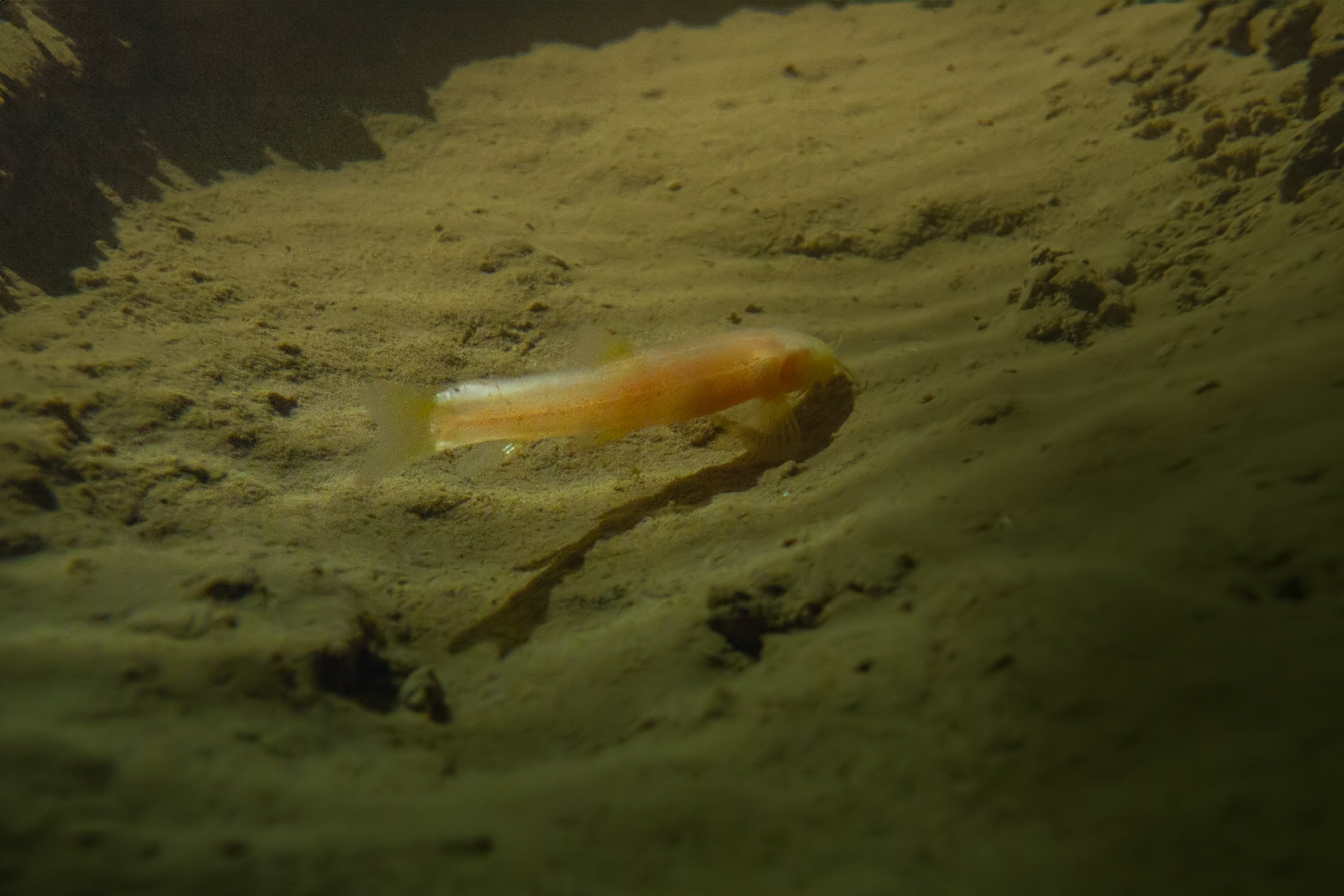
__638376216066363079.jpg)
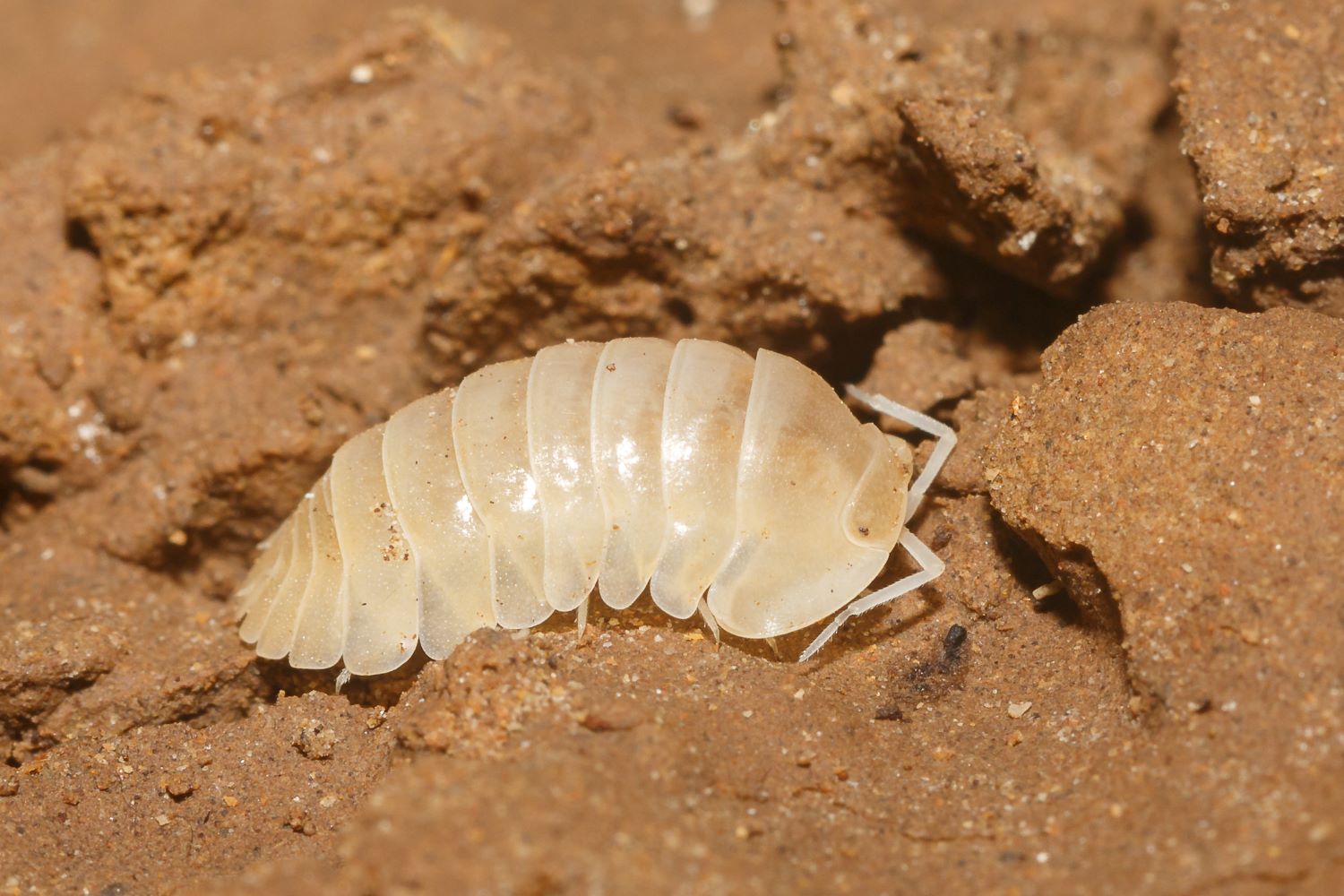
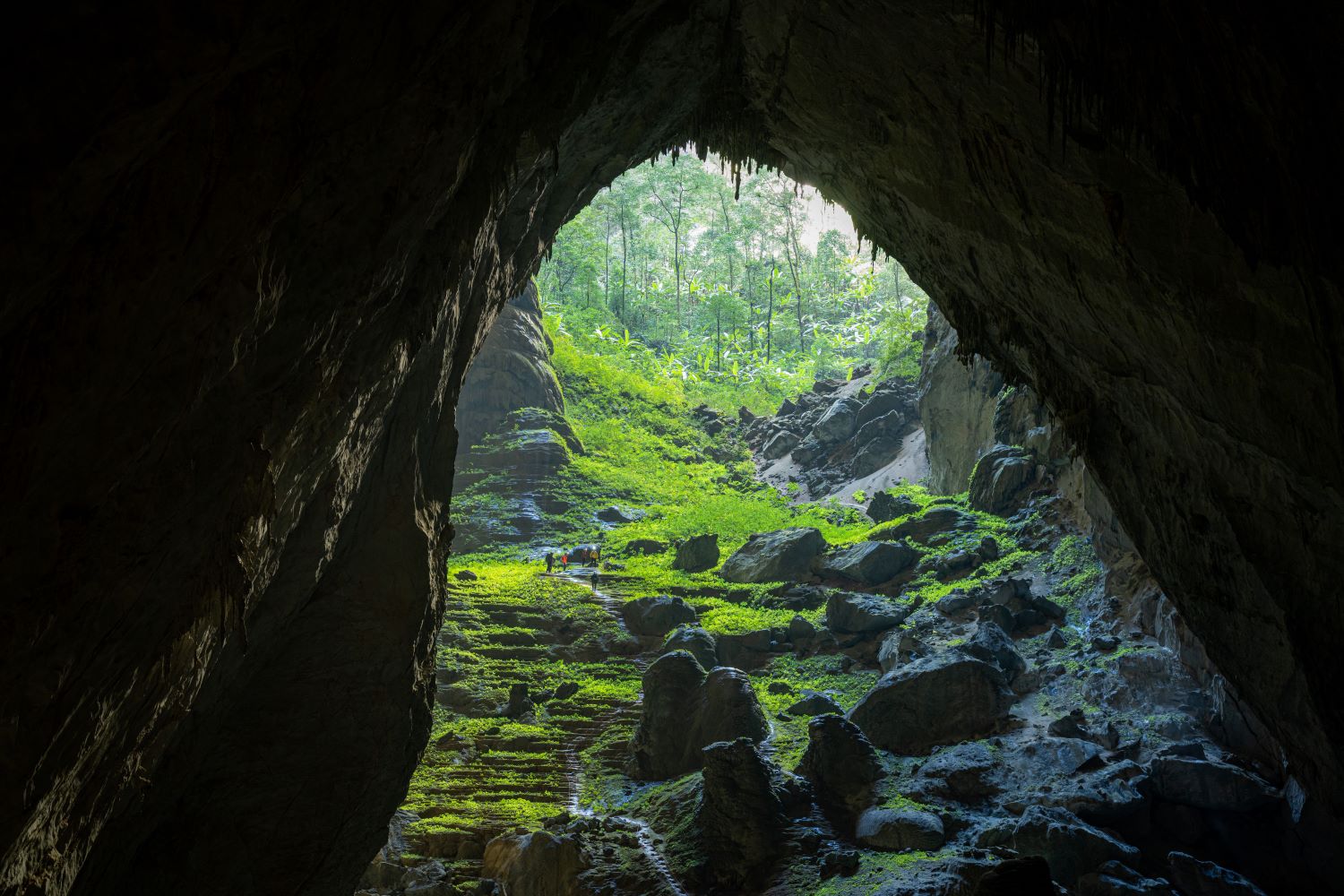
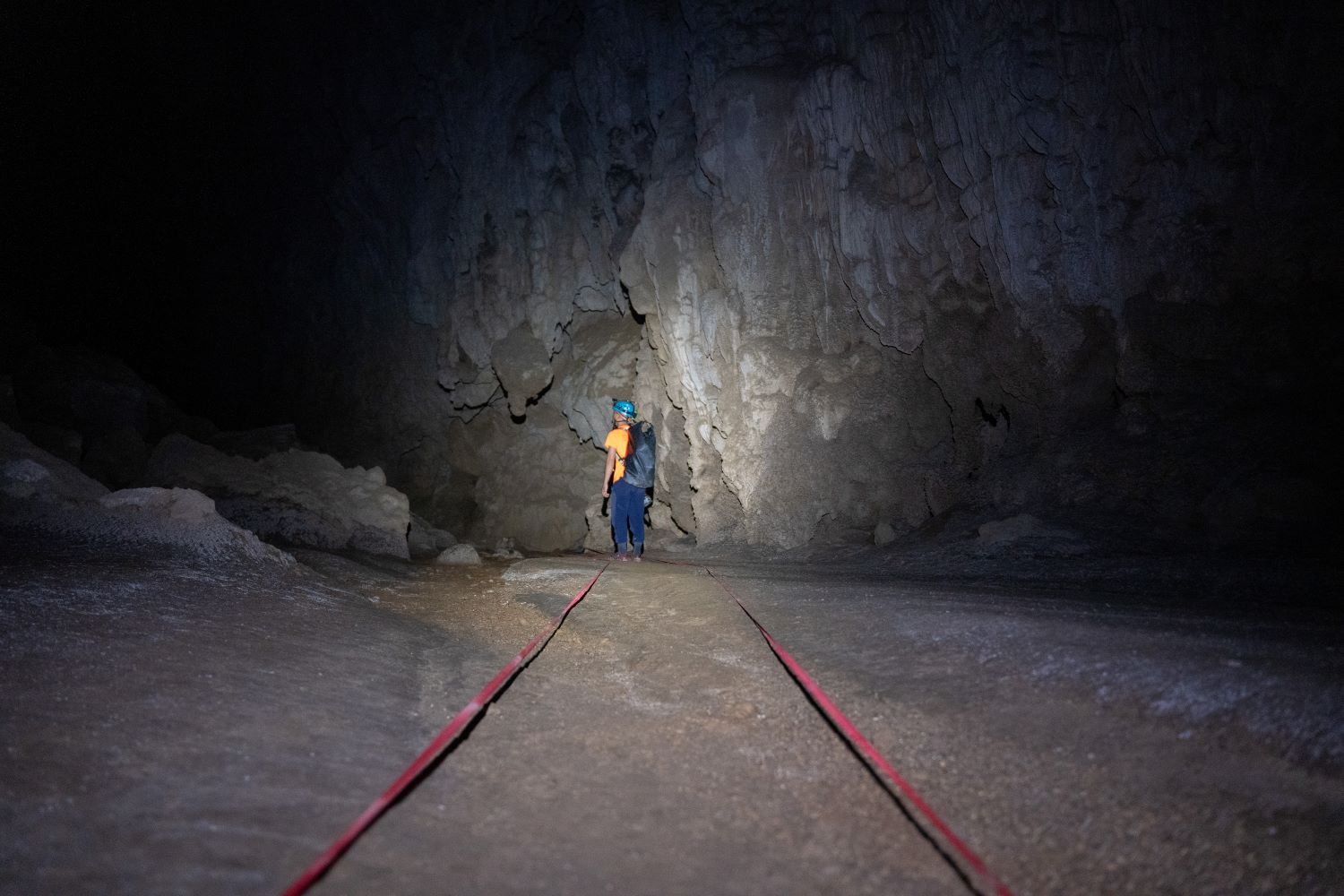
__637051765075307793.jpg)
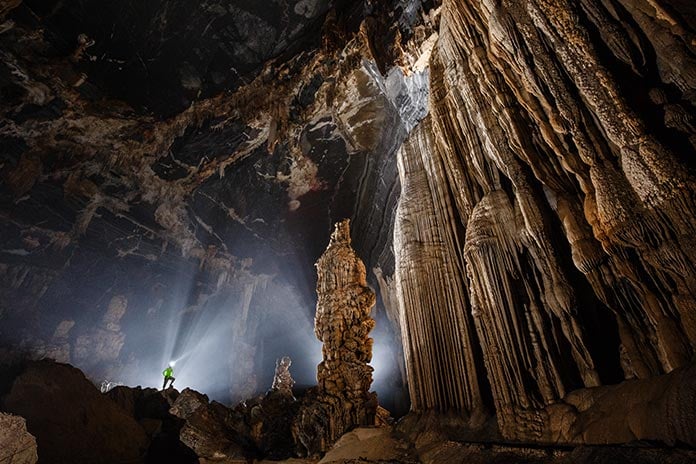
__637051782550081035.jpg)
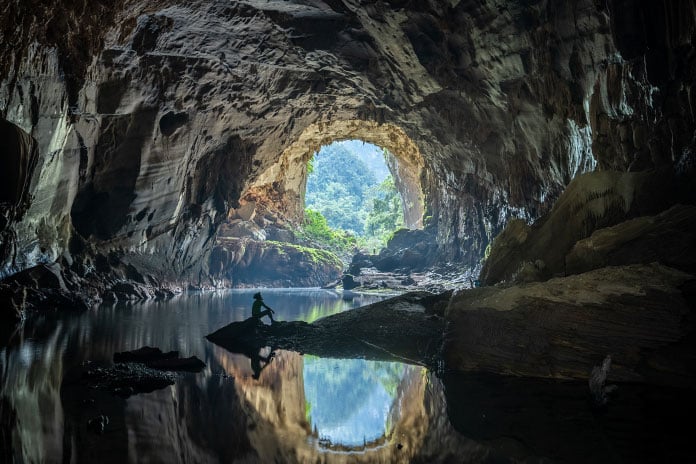
__637051777074859032.jpg)
__637051780703588520.jpg)
__637051781488596056.jpg)
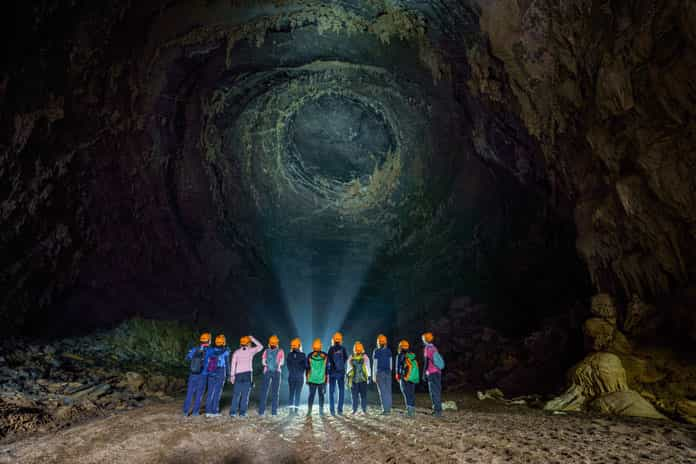
__637051767008903435.jpg)
__637051774329206026.jpg)
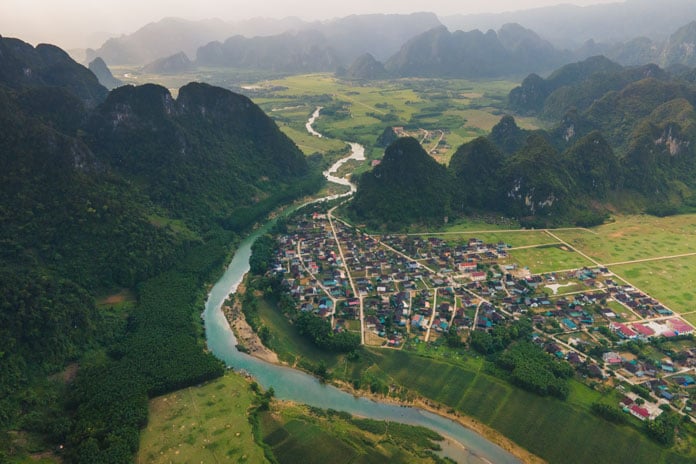
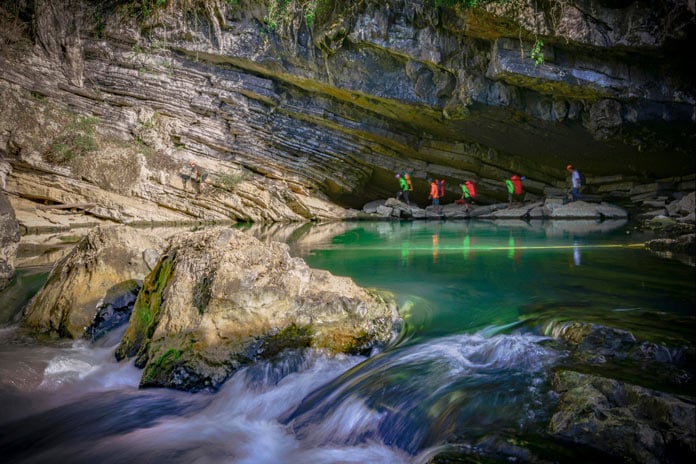
__637740499994967442.jpg)
